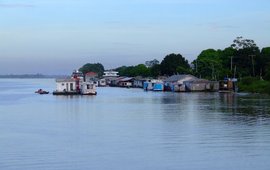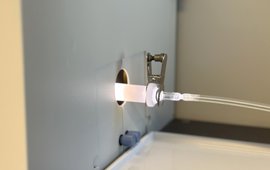Research topics
Weathering and Erosion
We investigate how the atmospheric CO₂ content and the global climate are regulated on geological time scales by natural feedbacks through weathering and erosion. We use various geochemical methods, such as cosmogenic nuclides and stable metal isotopes.
Global Matter Cycles
We use cosmogenic nuclide and stable metal isotope methods to quantify rates and processes involved in cycling of elements and sediment over time. Broadly speaking, we quantify global matter cycling through Earth's reservoirs to understand Earth's evolution.
The Critical Zone
The Critical Zone is where rock meets life. We develop and apply geochemical tools to understand how the 'geo-world' and the 'bio-world' interact.
Landscape Evolution
We study how different landscapes react to changes in climate, biota or tectonic events. To this end, we determine the speed of erosion and weathering processes and reconstruct the temporal sequence of landscape changes.
Carbon Dioxide Removal by Enhanced Weathering
In addition to drastic reductions in emissions of greenhouse gases, meeting climate targets will also require the capacity to remove CO₂ from the atmosphere at a huge scale. We work to understand and optimise various CO₂ removal approaches, with a focus on ‘Enhanced Weathering’.
Method Development
Cosmogenic Nuclides
Cosmogenic nuclides are a state-of-the-art tool to quantify rates of Earth surface change - weathering, erosion - and can be employed to constrain the age of landforms, such as moraines or terraces.
Stable Metal(loid) Isotopes
We are dedicated to developing innovative analytical techniques for measuring stable metal(loid) isotopes. By utilizing novel stable metal isotopes, we investigate the processes of weathering and erosion on Earth's Surface from local to global scales, contributing to our understanding of global sediment cycles, past climates, landscape evolution, and geological processes.






